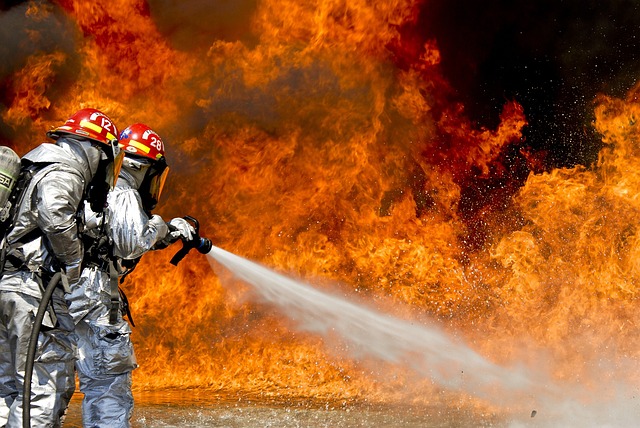Safeguarding Lives The Vital Role of Fire Extinguisher
In the realm of fire safety, few tools are as universally recognized and relied upon as the fire extinguisher. These humble devices, often taken for granted, stand as the first line of defense against the destructive force of flames, protecting lives, property, and livelihoods. In this blog, we’ll delve into the crucial role of fire extinguisher, exploring their history, types, usage, and importance in maintaining a safe environment.
A Brief History
The concept of extinguishing fires dates back centuries, with early methods ranging from rudimentary buckets of water to handheld pumps spraying water or other extinguishing agents. The modern fire extinguisher, as we know it today, traces its origins to the 19th century, with advancements in technology leading to the development of portable, pressurized devices capable of delivering targeted streams of extinguishing agents.
Types of Fire Extinguisher
Fire extinguishers come in various types, each designed to combat specific classes of fires. These classes include:
- Class A: Fires involving ordinary combustible materials such as wood, paper, and cloth.
- Class B: Fires fueled by flammable liquids such as gasoline, oil, and grease.
- Class C: Fires involving energized electrical equipment.
- Class D: Fires fueled by combustible metals like magnesium, titanium, and sodium.
- Class K: Fires resulting from cooking oils and fats, commonly found in commercial kitchens.
Different types of fire extinguishers are labeled with symbols indicating the classes of fires they are suitable for extinguishing. It’s essential to choose the right type of extinguisher for the specific fire hazard present.
Usage and Maintenance
Using a fire extinguisher services effectively requires proper training and familiarity with its operation. The PASS technique is a commonly taught method for extinguisher use:
- Pull the pin to break the tamper seal.
- Aim the nozzle or hose at the base of the fire.
- Squeeze the handle to discharge the extinguishing agent.
- Sweep the nozzle or hose from side to side, covering the base of the fire until it is extinguished.
Regular maintenance and inspection are also critical to ensure that fire extinguishers remain in proper working condition.
Environmental Considerations
In addition to their role in protecting lives and property, fire extinguishers also raise important environmental considerations. Traditional extinguishing agents, such as certain chemical-based agents like Halon, have been found to contribute to ozone depletion and have been phased out in many regions due to their harmful environmental impact.
Importance in Fire Safety
RMS Fire extinguishers play a crucial role in fire safety plans for homes, businesses, and public spaces. They provide a means of containing small fires before they escalate into larger conflagrations, buying precious time for evacuation and emergency response efforts. Moreover, the presence of properly maintained extinguishers can help satisfy regulatory requirements and lower insurance premiums, demonstrating a commitment to safety and risk mitigation.
Conclusion
Fire extinguisher is more than just metal cylinders filled with extinguishing agents; they are symbols of preparedness, vigilance, and resilience in the face of fire-related hazards. By understanding their types, usage, and importance in fire safety, individuals and organizations can take proactive steps to protect lives and property, ensuring that the flames of disaster are swiftly and effectively extinguished. Let us not underestimate the significance of these simple yet powerful devices in safeguarding our communities and ensuring a safer tomorrow.




